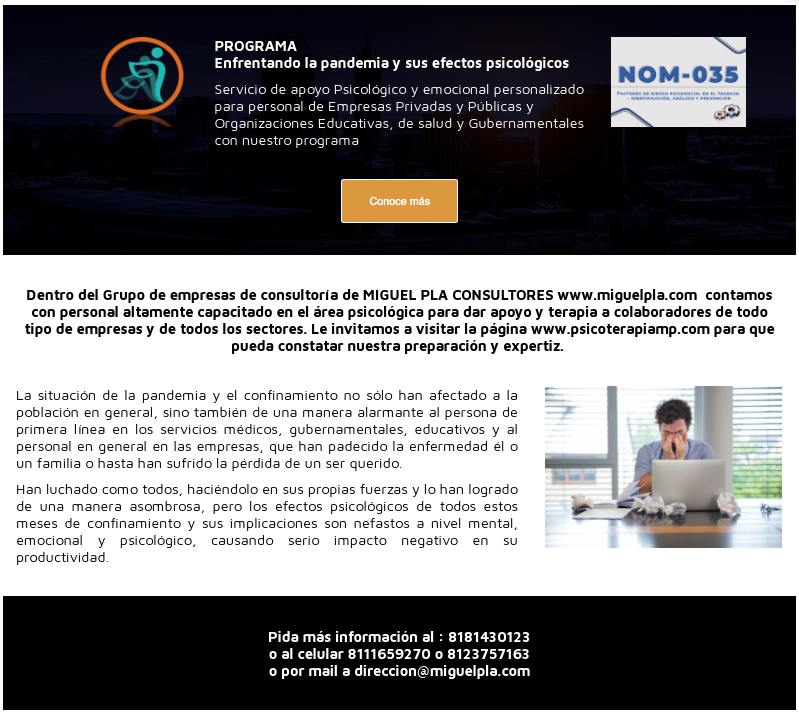Collaborative Overload
Collaboration is taking over the workplace. As business becomes increasingly global and cross-functional, silos are breaking down, connectivity is increasing, and teamwork is seen as a key to organizational success. According to data we have collected over the past two decades, the time spent by managers and employees in collaborative activities has ballooned by 50% or more.
Certainly, we find much to applaud in these developments. However, when consumption of a valuable resource spikes that dramatically, it should also give us pause. Consider a typical week in your own organization. How much time do people spend in meetings, on the phone, and responding to e-mails? At many companies the proportion hovers around 80%, leaving employees little time for all the critical work they must complete on their own. Performance suffers as they are buried under an avalanche of requests for input or advice, access to resources, or attendance at a meeting. They take assignments home, and soon, according to a large body of evidence on stress, burnout and turnover become real risks.
What’s more, research we’ve done across more than 300 organizations shows that the distribution of collaborative work is often extremely lopsided. In most cases, 20% to 35% of value-added collaborations come from only 3% to 5% of employees. As people become known for being both capable and willing to help, they are drawn into projects and roles of growing importance. Their giving mindset and desire to help others quickly enhances their performance and reputation. As a recent studyled by Ning Li, of the University of Iowa, shows, a single “extra miler”—an employee who frequently contributes beyond the scope of his or her role—can drive team performance more than all the other members combined.
But this “escalating citizenship,” as the University of Oklahoma professor Mark Bolino calls it, only further fuels the demands placed on top collaborators. We find that what starts as a virtuous cycle soon turns vicious. Soon helpful employees become institutional bottlenecks: Work doesn’t progress until they’ve weighed in. Worse, they are so overtaxed that they’re no longer personally effective. And more often than not, the volume and diversity of work they do to benefit others goes unnoticed, because the requests are coming from other units, varied offices, or even multiple companies. In fact, when we use network analysis to identify the strongest collaborators in organizations, leaders are typically surprised by at least half the names on their lists. In our quest to reap the rewards of collaboration, we have inadvertently created open markets for it without recognizing the costs. What can leaders do to manage these demands more effectively?
Precious Personal Resources
First, it’s important to distinguish among the three types of “collaborative resources” that individual employees invest in others to create value: informational, social, and personal. Informational resources are knowledge and skills—expertise that can be recorded and passed on. Social resources involve one’s awareness, access, and position in a network, which can be used to help colleagues better collaborate with one another. Personal resources include one’s own time and energy.
These three resource types are not equally efficient. Informational and social resources can be shared—often in a single exchange—without depleting the collaborator’s supply. That is, when I offer you knowledge or network awareness, I also retain it for my own use. But an individual employee’s time and energy are finite, so each request to participate in or approve decisions for a project leaves less available for that person’s own work.
Up to a third of value-added collaborations come from only 3% to 5% of employees.
Unfortunately, personal resources are often the default demand when people want to collaborate. Instead of asking for specific informational or social resources—or better yet, searching in existing repositories such as reports or knowledge libraries—people ask for hands-on assistance they may not even need. An exchange that might have taken five minutes or less turns into a 30-minute calendar invite that strains personal resources on both sides of the request.
Consider a case study from a blue-chip professional services firm. When we helped the organization map the demands facing a group of its key employees, we found that the top collaborator—let’s call him Vernell—had 95 connections based on incoming requests. But only 18% of the requesters said they needed more personal access to him to achieve their business goals; the rest were content with the informational and social resources he was providing. The second most connected person was Sharon, with 89 people in her network, but her situation was markedly different, and more dangerous, because 40% of them wanted more time with her—a significantly greater draw on her personal resources.











